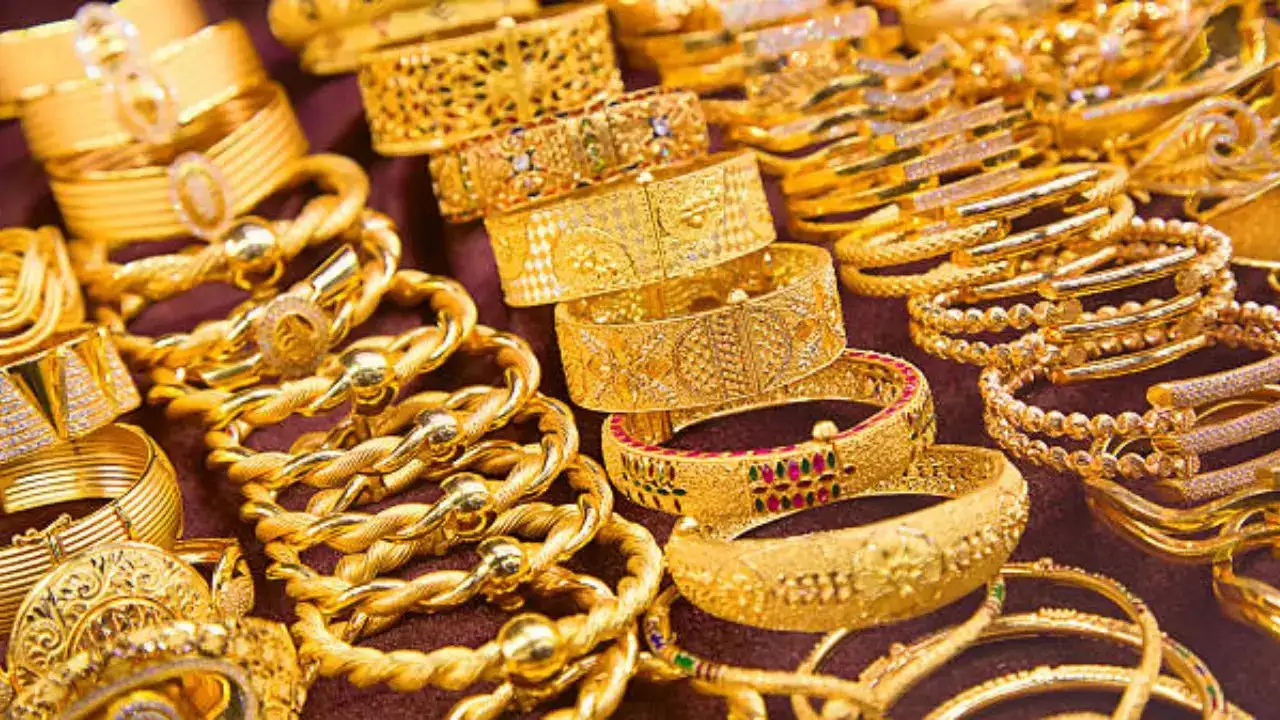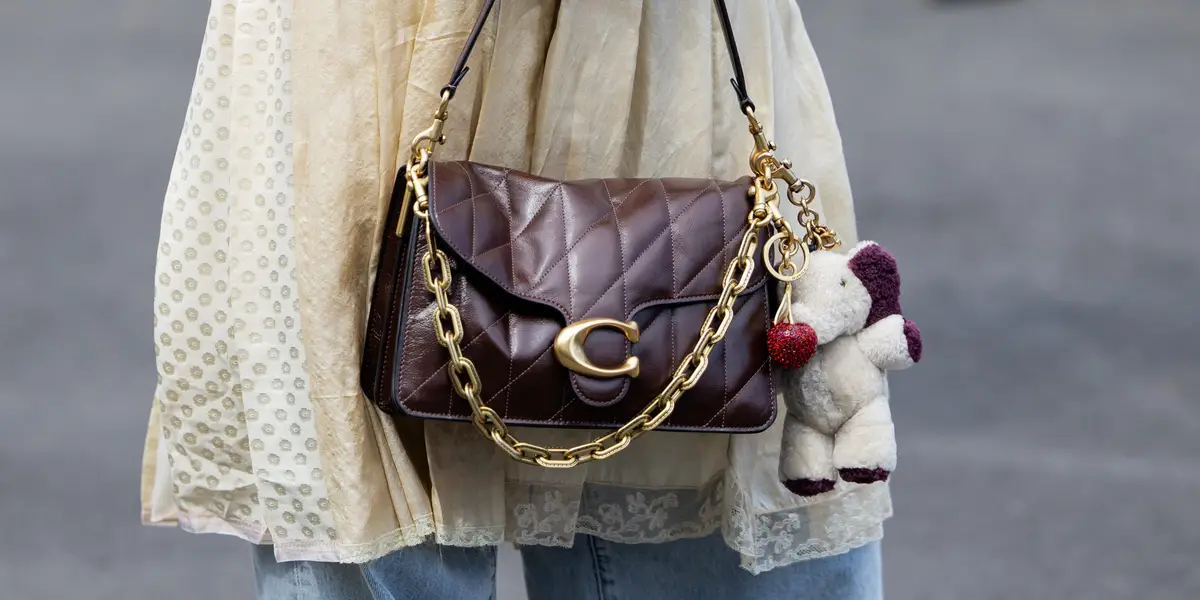Copyright timesnownews

A sharp rally in gold prices has reshaped buying patterns this festive season, with more consumers opting to trade in their old ornaments for new ones. According to The Economic Times report citing major jewellers, the proportion of gold exchanged has surged to record highs between Navratri and Dhanteras. For Tata-owned Tanishq, nearly half of this year’s Dhanteras sales value is expected to come from exchanges, up from 35 per cent a year ago. Reliance Retail also reported that a third of its gold jewellery sales now stem from exchanges, compared to 22 per cent last year. Similarly, Senco Gold saw the share climb to 45 per cent from 35 per cent, states the report. Consumers Choose To Recycle Rising prices have led buyers to repurpose their existing gold rather than purchase new bullion. “Average bill values are up pretty substantially (due to price increase). Now what has happened across the industry is that volumes have gone down because the purchasing power has been impacted due to a significant increase in gold prices,” said Dinesh Taluja, chief financial officer at Reliance Retail. “I think as the gold prices stabilise ... the volumes will also pick up,” he said, claims the report. Gold prices on Dhanteras (October 18) hit Rs 1.34 lakh per 10 gm, including GST, up a massive 69 per cent from last year’s Rs 80,469. The spike has prompted many households to dip into India’s estimated 22,000 tonnes of idle gold reserves stored in lockers. Jewellers Lure Customers With Zero-Deduction Offers To attract these value-conscious buyers, Tanishq introduced a zero price-deduction offer on gold exchanges across all caratages. The ET report states that during Navratri, the contribution of old gold to total sales touched 38–40 per cent, said Ajoy Chawla, Tanishq CEO, before Dhanteras. “We see this number touching about 50 per cent of sales by the end of Diwali,” he added. Titan Company, Tanishq’s parent, later revealed in a regulatory filing that its domestic jewellery business grew 19 per cent year-on-year in the July–September quarter, helped by exchange programs and festive promotions, the report added. Regional Trends And Market Outlook The surge in exchange activity was most visible in India’s West, North, and East regions, while the South continued to favour new gold purchases. Ramesh Kalyanaraman, executive director at Kalyan Jewellers, noted that “festive buying and old gold exchanges were largely driven by non-South markets," noted the report.



